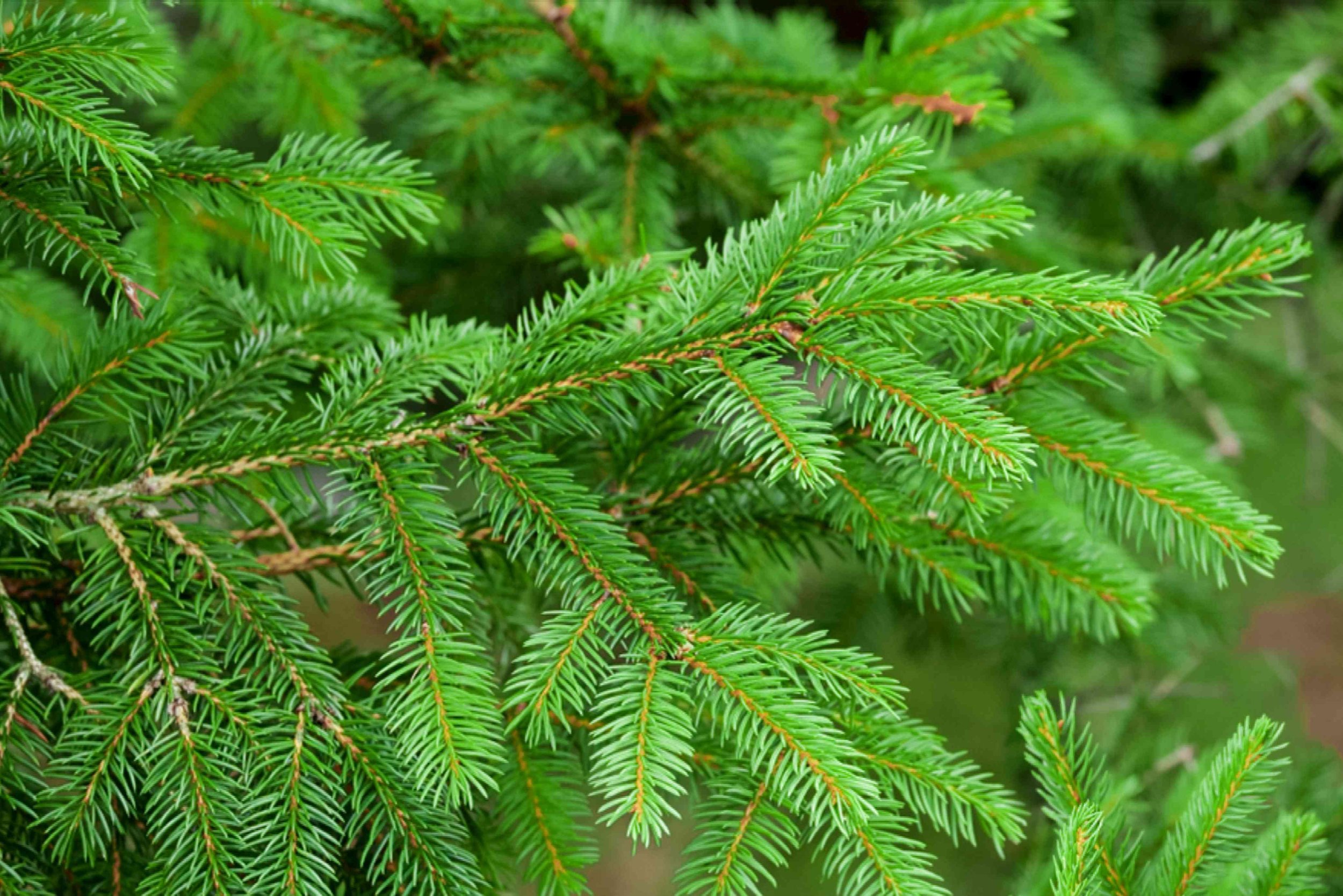
Height: 4 feet
Spread: 4 feet
Sunlight:
![]()
![]()
![]()
Hardiness Zone: 3a
Description:
Large pointed leaves and a spreading habit makes this a wonderful woodland accent plant; racemes of greenish-white flowers cluster together for nice visual impact; red berries in fall that turn purple are not edible
Ornamental Features
American Spikenard features airy racemes of chartreuse star-shaped flowers with white overtones at the ends of the stems from mid to late spring. Its large serrated pointy bipinnately compound leaves are dark green in color. The foliage often turns yellow in fall. It produces red berries from early to late fall.
Landscape Attributes
American Spikenard is an herbaceous perennial with a ground-hugging habit of growth. Its wonderfully bold, coarse texture can be very effective in a balanced garden composition.
This plant will require occasional maintenance and upkeep, and is best cut back to the ground in late winter before active growth resumes. It is a good choice for attracting birds to your yard. Gardeners should be aware of the following characteristic(s) that may warrant special consideration;
- Suckering
American Spikenard is recommended for the following landscape applications;
- Mass Planting
- General Garden Use
- Naturalizing And Woodland Gardens
Planting & Growing
American Spikenard will grow to be about 4 feet tall at maturity, with a spread of 4 feet. It tends to be leggy, with a typical clearance of 3 feet from the ground, and should be underplanted with lower-growing perennials. It grows at a medium rate, and under ideal conditions can be expected to live for approximately 20 years. As an herbaceous perennial, this plant will usually die back to the crown each winter, and will regrow from the base each spring. Be careful not to disturb the crown in late winter when it may not be readily seen!
This plant performs well in both full sun and full shade. It is very adaptable to both dry and moist locations, and should do just fine under typical garden conditions. It is not particular as to soil type or pH. It is highly tolerant of urban pollution and will even thrive in inner city environments. This species is native to parts of North America.

